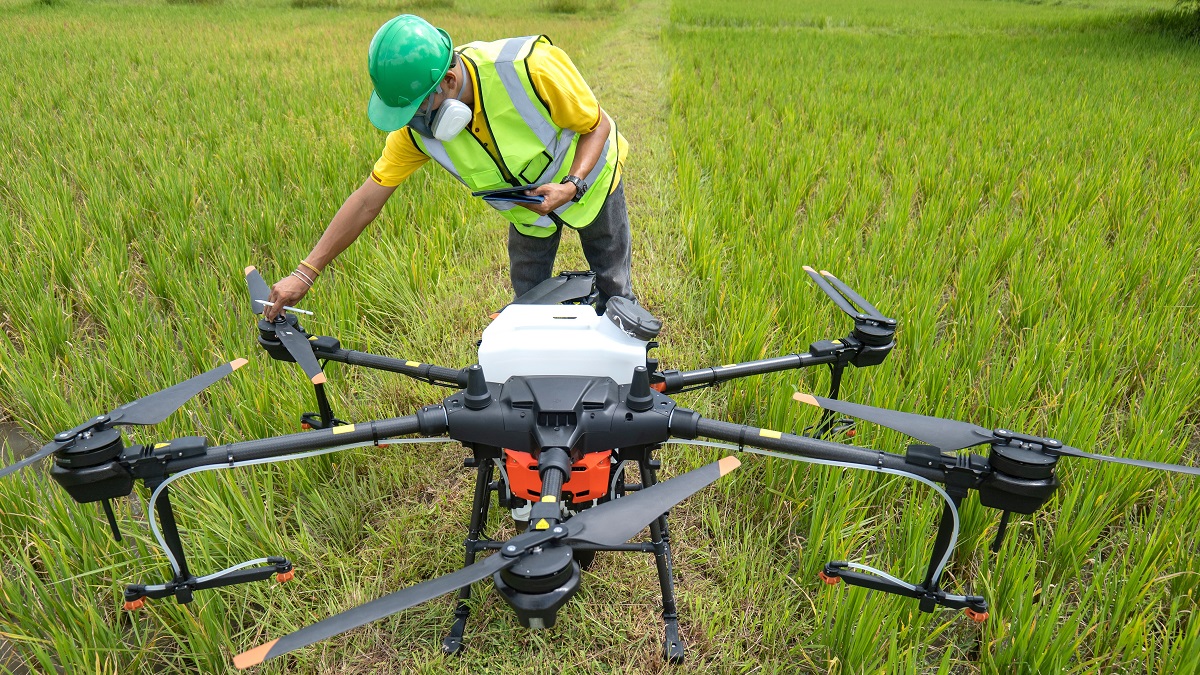
In today’s rapidly evolving world, technology has woven its way into nearly every facet of our lives, and agriculture is no exception. The advent of smart farms is revolutionizing the way we cultivate crops and raise livestock. These innovative, data-driven agricultural practices are not only increasing efficiency but also promoting sustainability. In this article, we’ll delve into the realm of smart farms and discover how they are reshaping the landscape of agriculture.
1. Introduction
Agriculture has come a long way from its traditional roots. Gone are the days of manual labor and guesswork. Today, smart farms are at the forefront of this transformation, ushering in an era of precision, efficiency, and sustainability.
2. The Evolution of Agriculture
To appreciate the significance of smart farms, let’s briefly trace the evolution of agriculture. From rudimentary tools to mechanization, each phase brought advancements. However, smart farms represent a quantum leap in this progression.
3. What Are Smart Farms?
Smart farms integrate cutting-edge technologies into agricultural practices. They harness the power of the Internet of Things (IoT), big data, and automation to optimize every aspect of farming, from planting to harvest.
4. The Components of a Smart Farm
A typical smart farm comprises various components such as sensors, drones, and data analytics platforms. These work in unison to monitor and manage crops and livestock with unprecedented precision.
5. IoT in Agriculture
The Internet of Things plays a pivotal role in smart farms, enabling real-time data collection and remote monitoring. This connectivity allows farmers to make informed decisions promptly.
6. Data-Driven Decision Making
Smart farms thrive on data. Farmers use data analytics to gain insights into crop health, weather patterns, and soil conditions. This knowledge empowers them to make precise decisions, optimizing resource allocation.
7. Precision Agriculture
Precision agriculture is a cornerstone of smart farms. By using GPS-guided machinery and data analysis, farmers can apply fertilizers and pesticides precisely where needed, reducing waste and environmental impact.
8. Automation and Robotics
Automation is another key element. Smart farms employ robots for tasks like weeding, harvesting, and even herding. This not only boosts efficiency but also minimizes the need for manual labor.
9. Environmental Benefits
Smart farms are environmentally conscious. Reduced resource usage, optimized crop management, and sustainable practices contribute to a greener and more sustainable future for agriculture.
10. Challenges and Concerns
While smart farms offer immense potential, they also face challenges such as high initial costs, cybersecurity risks, and the need for specialized training. Addressing these issues is crucial for widespread adoption.
11. The Future of Agriculture
The future of agriculture undoubtedly lies in the hands of smart farming. As technology continues to advance, we can expect even more sophisticated and sustainable practices to emerge.
12. Case Studies: Real-World Smart Farms
Exploring real-world examples of smart farms showcases the tangible benefits they bring to agriculture. From increased yields to reduced resource consumption, these case studies are inspiring.
13. Conclusion
In conclusion, smart farms are transforming agriculture by harnessing the power of technology. They offer the promise of increased efficiency, sustainability, and better resource management. As we move forward, smart farms will play an increasingly vital role in ensuring food security and environmental preservation.